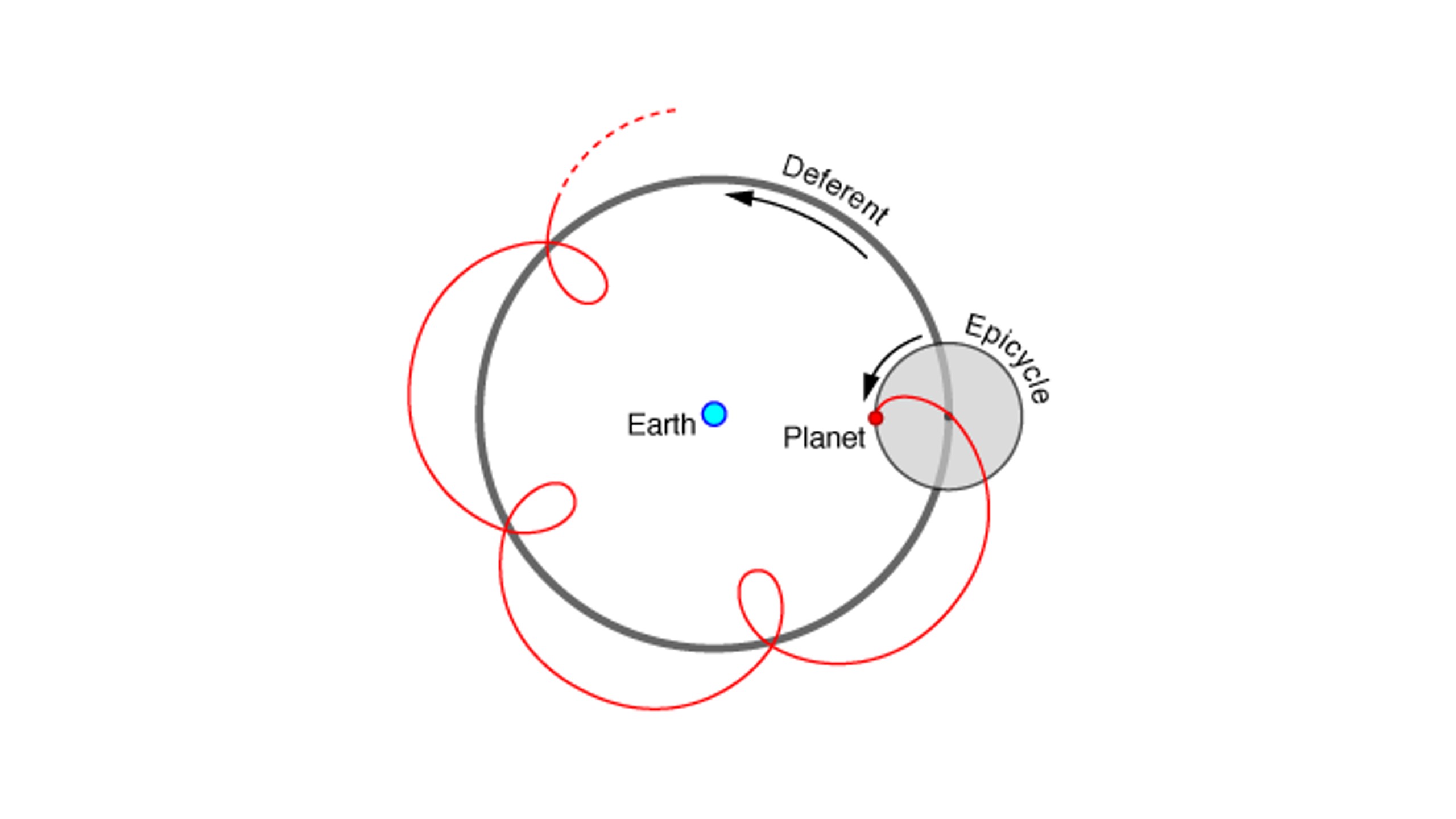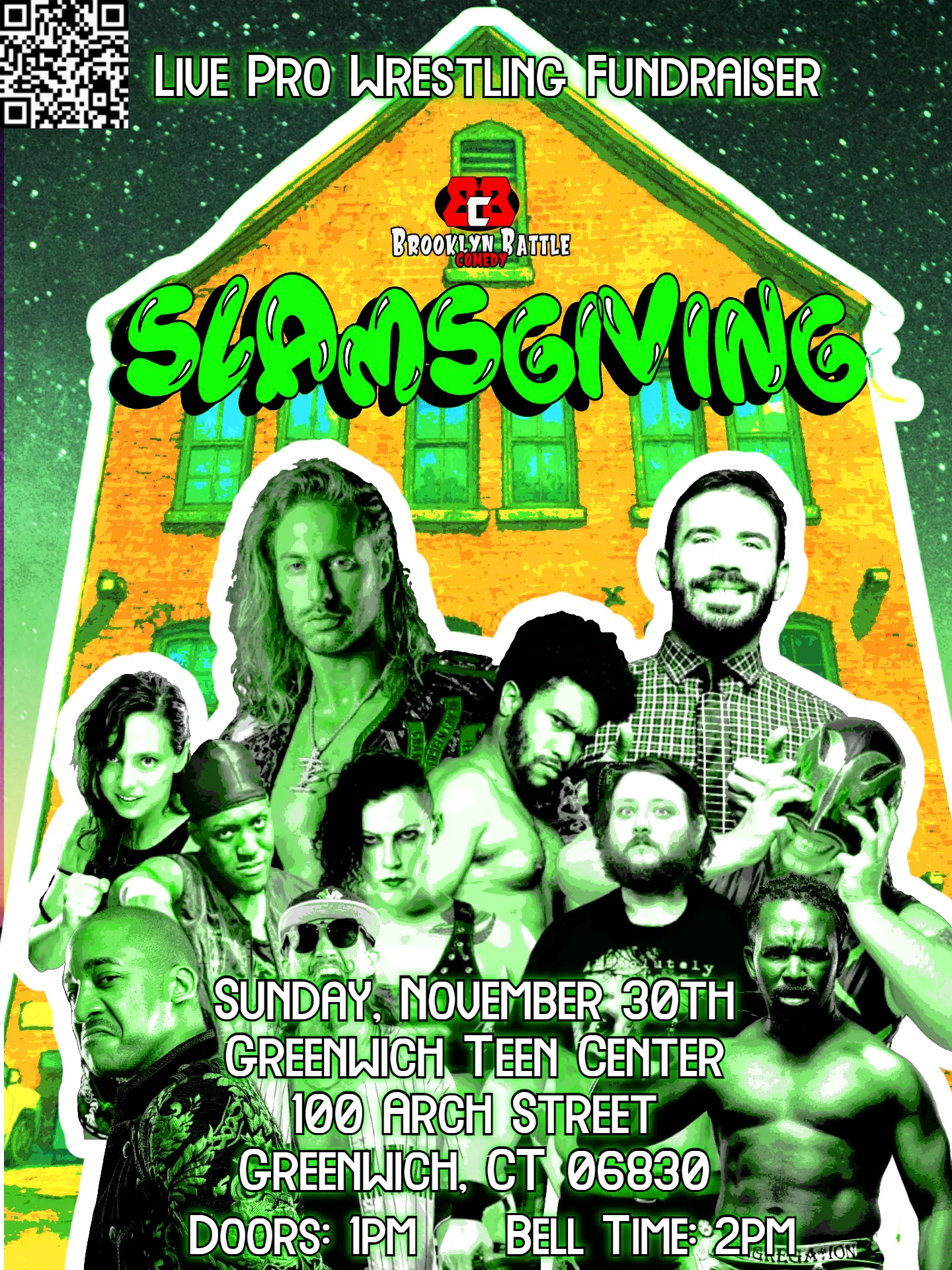Column – RMA Presents “When Science Goes Wrong – the Desire and Search for Truth”

By Michael Tebay
At the April 10 meeting of the RMA Tim Brooks introduced speaker Brother Guy Consolmagno, Director of the Vatican Observatory, the Pope’s own astronomer. He travels around the world, speaking on the subject of the relationship between religion and science, which is closer than you might think. His latest book is called “When Science Goes Wrong – the Desire and Search for Truth.”
A native of Detroit, Michigan, Br. Guy earned undergraduate and masters’ degrees from MIT, and a Ph.D. in Planetary Science from the University of Arizona. He was a postdoctoral research fellow at Harvard and MIT, served in the US Peace Corps (Kenya), and taught university physics before entering the Jesuits in 1989.
At the Vatican Observatory since 1993, Dr. Consolmagno was appointed director of the Vatican Observatory by Pope Francis in 2015. Br. Guy’s research explores connections between meteorites, asteroids, and the evolution of small solar system bodies. He has observed Kuiper Belt objects with the Vatican’s 1.8-meter telescope in Arizona, and measured meteorite physical properties to understand asteroid origins and structure. Along with more than 250 scientific publications, he is the author of several popular books including “Turn Left at Orion” (with Dan Davis), and “Would You Baptize an Extraterrestial?” (with Paul Mueller). In 2000, the IAU named asteroid 4597 Consolmagno in recognition of his work. In 2014 he received the Carl Sagan Medal for Excellence in Public Communication in Planetary Science. He currently serves as chair of the IAU Mars Nomenclature Task Group and vice president of the Meteoritical Society.
Br. Consolmagno’s main thesis was that too many students have the wrong idea of what science is. They think that it is the repository of all truth, when, in fact, the fun parts of science are the parts that it gets wrong. The study of science is actually the study of error, and science progresses by studying and learning from the errors. He illustrated his thesis by taking the audience through the history of astronomical theory, and how each of the major concepts of the universe, although logical, and based on the limits of observation of the era, was wrong, but still provided a steppingstone for the development of new and improved theories.
He began with Aristotle’s theory of the universe, followed by Copernicus, Tycho Brahe, Galileo and Kepler. They all were entirely logical according to what was known at the time—but wrong according to what we now know.
So, here’s the point. If science is trying to come up with some approximation of the truth, one of the really important things you have to be able to do is to recognize what errors are telling you – whether your theory is wrong or that your theory is mildly incomplete. There is no certainty in science. The study of science is actually the study of error. In science, failure is not an option, failure is a requirement. Science only advances when you’ve learned how to analyze your failures – when you’ve pushed your theory to the point where it fails, and then you say, all right, what’s new?
A similar thing happens in our religion. A phenomenal theologian named Paul Tillich wrote on the “Dynamics of Faith.” His insight was nicely summarized by Anne Lamott in her book, “Plan B: Further Thoughts on Faith.” She says, “the opposite of faith is not doubt. The opposite of faith is certainty.”
We’re willing to risk being wrong, knowing that being wrong carries consequences, but knowing that the risk is worth the game. We never come to an end of understanding the universe, or understanding the people we love, or understanding God. But it’s a continual journey of making mistakes, saying I’m sorry, and going forward. The whole point of scientific advance is to say, not that everything before me was wrong, but everything before me was incomplete. And here’s a little bit of improvement. That’s how we do science. That’s how we live our lives.
The talk can be viewed by going to the RMA website at https://greenwichrma.org, and clicking on “Speakers.”
The RMA’s upcoming presentation, “Shakespearean Theater, Broadway, Opera, Film and Ballet,” by B.H. Barry, Fight Director and Choreographer, is scheduled for 11 AM on Wednesday, April 24, 2024. If you were in a room filled with theater people and B.H. Barry were in attendance, next to him is where you’d want to be. You might find out about Errol Flynn’s stunt man but mostly you would learn why, over a 60-year career, Barry became a revered fight director and about the role he played for London’s production of Camelot.
Barry was born in Staines, 17 miles up the Thames from London. He got his start at the Royal Shakespeare Company. What Barry will tell you is that choreographing a fight should not involve putting your own personal vision of movement on a stage. “A fight should help tell the story and reveal character.”
Barry is the only fight director to receive a Tony Award. His long career includes several films, Shakespearean theater and 43 Broadway productions. Overall, in his career Barry has been awarded with a Drama Desk and an Obie for Sustained and Consistent Excellence in Stage Combat. He also received a Tony for Lifetime Achievement, a Drama Desk for his fight in Camelot and an award from the Outer Critics Circle in recognition of his six decades career. Barry has been an instructor at The Royal Academy of Dramatic Art, Julliard, Yale, at Temple University and at New York University.
Barry notes that, “A fight director helps create the illusion of violence, but must make the actors feel secure.”
The event is open to the public, and attendees are encouraged to participate in a Q&A session following the presentation.
To stream the presentation by B.H. Barry at 11 AM on Wednesday, April 24, click on https://bit.ly/30IBj21. This presentation will also be available on local public access TV channels, Verizon FIOS channel 24 and Optimum (Cablevision) channel 79.
Note: The views expressed in these presentations are those of the speakers. They are not intended to represent the views of the RMA or its members.
RMA speaker presentations are presented as a community service at no cost to in-person or Zoom attendees, regardless of gender. Any member of the public who would like to receive a weekly email announcement of future speakers should send a request to members@greenwichrma.org. The RMA urges all eligible individuals to consider becoming a member of our great organization, and thereby enjoy all the available fellowship, volunteer, and community service opportunities which the RMA offers to its members. For further information, go to https://greenwichrma.org/, or contact members@greenwichrma.org.




